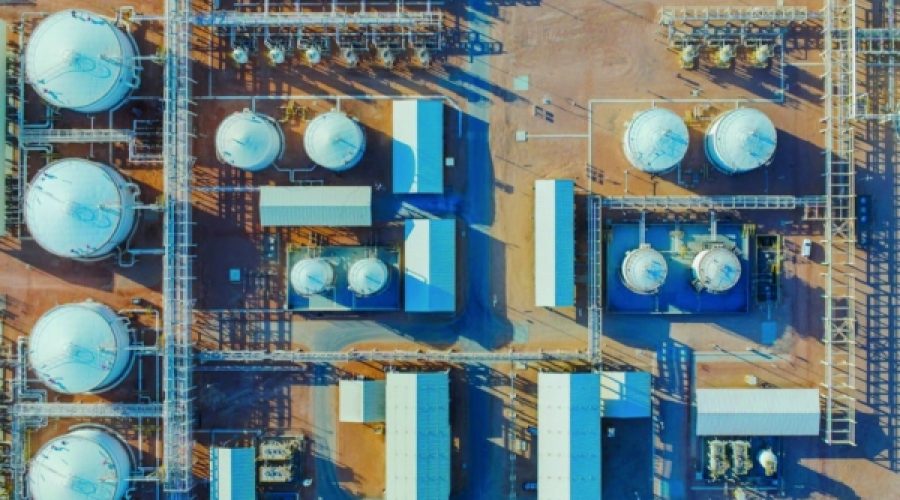EOR’s Rise to 28% of PDO’s Crude Oil Output by 2031: What This Means for Investors and Business Growth in Oman’s Energy Sector
MUSCAT: Petroleum Development Oman (PDO), the majority state-owned energy company, projects that crude oil output from Enhanced Oil Recovery (EOR) technologies will represent a significant 28% of its total annual crude oil production by 2031, up from the current 19%.
This increase highlights the growing role of EOR—advanced techniques designed to enhance oil extraction from reservoirs after primary and secondary recovery methods lose effectiveness—in PDO’s long-term production plans. Typically, EOR methods can boost recovery by 30–50% in some of Oman’s mature oilfields.
The contribution of EOR to PDO’s crude oil volume has shown consistent growth over the past decade, rising from 5% in 2014 to 12% in 2020, and reaching 19% in 2025.
“In 2024, PDO continued efforts to increase the future share of EOR in production. It is projected that by 2031, EOR projects will provide about 28% of total output. We currently operate diverse commercial-scale EOR schemes, including thermal methods, miscible gas injection (MGI), and chemical EOR. Portfolio optimization and new opportunities in hydrocarbon maturation have also enhanced contributions from primary and secondary processes,” PDO stated in its 2024 Sustainability Report.
In 2024, PDO expanded the application of EOR technologies within its Oil South portfolio. A Final Investment Decision (FID) was made for a polymer flooding project in the Haima West field (Mahwis reservoir) within the Marmul cluster. This project aims to recover an additional 36 million barrels of oil by 2045, with production expected to begin in 2026.
The Nimr oilfields, identified as well-suited for polymer flooding, are also a focus for extensive EOR. Last year, PDO approved two FIDs for polymer flood projects in Nimr-A and Nimr-E oilfields, representing the first wave of polymer initiatives.
“The Nimr-A project is forecast to recover 20 million barrels, while Nimr-E is expected to add 22 million barrels. Both are slated to be operational by 2026. These projects will involve the construction of new injection facilities and polymer injector wells. A new chemical EOR Category Management framework will be implemented to accelerate contract awards and reduce costs,” PDO explained.
Further advancements in 2024 include the Harweel 2AB Project (Zalzala Field), which increased its gas injection rate from 3 million to 4 million cubic metres per day, improving cumulative incremental oil recovery to 54 million barrels.
Under the RHIP Tranche 1 Projects, the SAK A2C oilfield produced 43 million barrels of incremental oil, surpassing earlier estimates of 29 million barrels. Incremental recovery at SAK A3C also increased from 8.7 million barrels to 12.6 million barrels.
Conversely, the Al Noor Phase 3A MGI Project saw a downward adjustment in its incremental recovery estimate, now expected at 3 million barrels, significantly less than the previous forecast of 12.1 million barrels.
Production from steam-based EOR projects declined in 2024. The Amal Steam Project averaged 2,285 cubic metres per day (13,400 barrels per day), down from 2,626 cubic metres per day (16,500 barrels per day) in 2023. Similarly, Qarn Alam Steam production fell to 3,302 cubic metres per day (20,768 barrels per day) in 2024, compared to 3,703 cubic metres per day (23,291 barrels per day) the previous year.
Special Analysis by Omanet | Navigate Oman’s Market
The rising reliance on Enhanced Oil Recovery (EOR) technologies, expected to constitute 28% of PDO’s crude output by 2031, signals a strategic pivot towards maximizing Oman’s mature oilfield potential. For businesses and investors, this shift presents opportunities in technology provision, contract services, and chemical supply chains, while also underscoring potential risks tied to fluctuating project outcomes and cost management. Smart stakeholders should prioritize alliances with EOR technology experts, monitor evolving production efficiencies, and position themselves in the growing polymer and chemical EOR segments to capitalize on Oman’s long-term hydrocarbon strategy.



